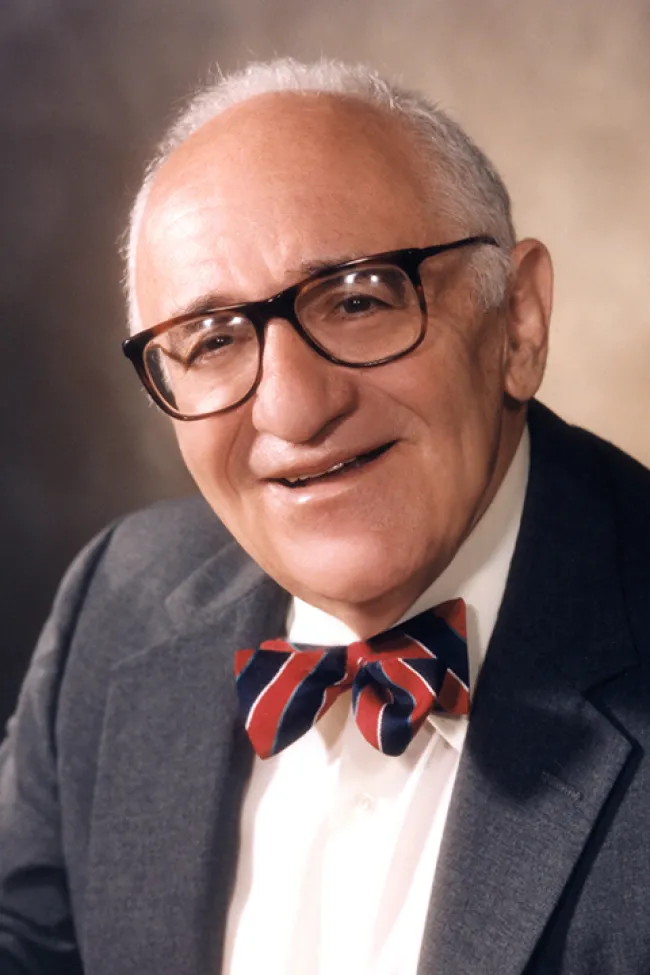- Downloads:
- acusacion_contra_la_reserva_federal.pdf
- The Case Against the Fed.epub
- The Case Against the Fed.pdf
Rothbard provides a succinct account of the origins of money, showing how money must originate from a commodity. Banking originated from goldsmiths, who issued warehouse receipts for gold deposited with them. From this a fractional reserve system developed, inherently prone to monetary expansion and panic.
In the late nineteenth century, a movement toward bank centralization arose among both “progressives” and bankers, the latter eager to increase their profits. From these plans, the Federal Reserve System developed. Rothbard shows the dominate influence of the banking House of Morgan at the Fed’s inception. During the New Deal, Rockefeller interests took first place in influence, with the Morgan interests reduced to a subordinate though still potent role.
The book concludes with an account of the Fed’s role in causing inflation and the business cycle. Abolition of this nefarious agency must be part of any agenda for genuine financial reform.
The HTML version of this book is available here.

No content found

Murray N. Rothbard made major contributions to economics, history, political philosophy, and legal theory. He combined Austrian economics with a fervent commitment to individual liberty.
We must realize that the two most powerful motivations in human history have always been ideology and economic interest, and that a joining of these two motivations can be downright irresistible.
The revolutionaries include the pamphleteer writing in his study, the journalist, the agitator, the organizer, the campus activist, the theoretician, the philanthropist.
November 11 was once known as Armistice Day, the day set aside to celebrate the end of WWI. In this essay Rothbard discusses the war as the triumph of several Progressive intellectual strains from the late 19th and early 20th centuries.
Mises Institute, 2008

